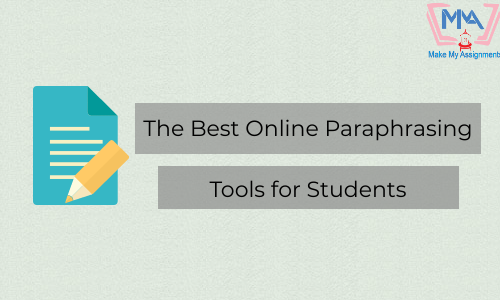
Combining academics and technical training for a better future ahead
America’s global economy is rapidly changing. With each passing day, some or the other technological developments are taking place, while international trade is altering the government’s relation with other countries. Nothing stays the same as it was the day before, yet schools are not preparing their students to face, understand and analyse these issues when they step into the real world out there.
In order to be in a better position to perform a job aptly: a job that is placed in the complex matrix of the dynamic and rapidly globalizing world as a whole, students should have opportunities wherein they can learn first-hand, rather than rote-learn by mere instruction. This will enable them to understand how their academics apply to their potential future careers, and vice versa. This kind of an exposure would definitely have a tangible outcome, and to this merit, college credit or professional certification courses should be made mandatory.
In order to understand it better, let us put it this way.
Not every student who studies in a class of say forty has the same interest, long term goals and academic needs. They all aspire to become successful in their own way, and the school fails to differentiate between students on these grounds. What this means is that schools treat students as if they are all the exact same, and thus offer the same monotonous courses and instructions. They do not prepare the students to face the world that they will enter once they are through with their K-12 education, and instead, only retort to the traditional sit-and-get-direct instruction methods. It is then no wonder why these educational methods leave students feeling very disengaged from the real world context and make them feel unprepared to face the challenges that it poses.
How can such a problem be then addressed? To achieve a level of differentiation in the class is an impossible feat, no matter how passionate or dedicated the instructor is. In such a scenario, there is one solution that does seem feasible and practical. If schools try and ensure that there are opportunities to combine academics with some kind of technical training or workplace experience, this issue can largely be solved. By ensuring that students get some or the other kind of exposure through these kinds of coursework, they are essentially preparing them to confront the rapidly changing world, which extends far beyond their K-12 schooling. This would then allow the students to express their interests and ideas, since they would get a platform to do so. Once students have uncovered their interests and found their true calling, the government can supply schools and colleges with the resources that are required to convert these interests into a full-time profession.
Numerous schools have, in fact, started taking considerable steps in this direction. Schools are redesigning the high school experience by implementing various models such as the Career and Technical Education (CTE), early college and dual enrollment programmes, personalised learning apprenticeships and language immersion programmes.
Of these courses and initiatives, the first two would specifically help to provide students with options for coursework that can best meet their post secondary academic needs and long term career goals. As of now, 12.5 million high school and college students are enrolled in the CTE program, and states are being funded under the Carl D. Perkins Career and Technical Education Act of 2006, so that they are in a better position to develop the skills of the students who have enrolled in these programs. Local business and industries have also come out to extend their full support to the CTE program, and a number of these businesses are linked to the program itself. This means that they have volunteered to provide real-world experiences and work opportunities to students to help them in two ways. Firstly, they aim to give students tangible and beneficial outcomes such as college credits and industrial credentials, and secondly, they also focus on creating pathways for the students for pursuing college or some career after their graduation.
Yet another example of such a program which has succeeded in artfully combining real world experiences with academics and course work comes from the DuVal High School in Maryland. Students of this school are enrolled in aviation technology and aerospace engineering programs, which are conducted in partnership with NASA and the College Park Aviation Museum. These programs open up different and interesting career paths for the students, apart from providing the much needed exposure. Similarly, the Washington Leadership Academy in Washington DC uses a combination of project based learning, in-person classes and individualized online courses to inspire students to make new advances in the technological field.
However, not all schools are willing to experiment with these kinds of programs for various reasons, funding being a major reason of them all. In order to increase the number of participating schools, states should provide incentives to school districts and expand grant programs which would offer flexibility to students, so that they can learn outside the school hours. Additional funding for apprenticeships can also be provided by the state to further take a step in this direction.
Lastly, it is the duty and responsibility of the federal government to increase its support for the states, and also permit the integrated used of funding streams. Incentives should and must be provided to states so as to target the federal funding towards communities that are in a better position to provide such options through some other means.
This article was written by an assignment expert from MakeMyAssignments, your one stop to getting 24×7 assignment help services and assignment writing services. We assist students of both schools and colleges, and our affordable assignment writing services have been benefitting thousands all across the globe.




